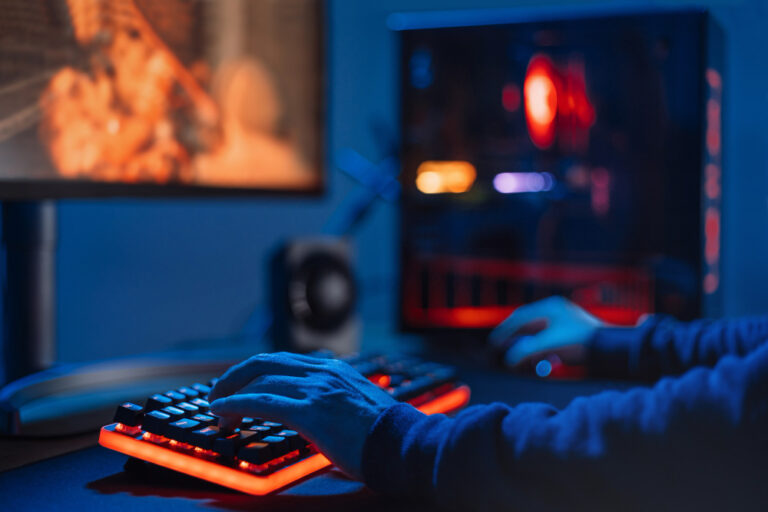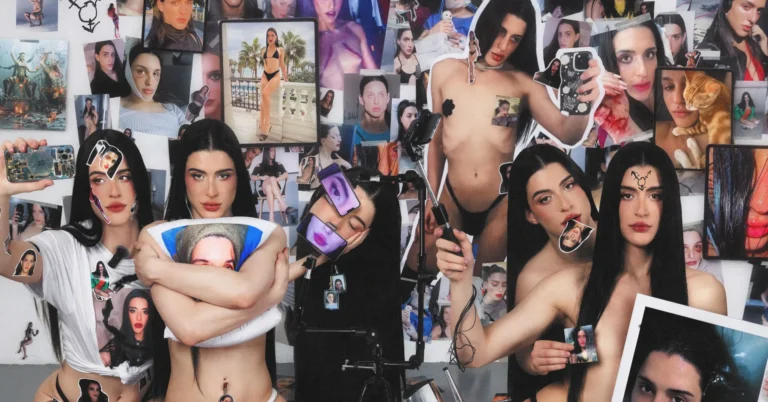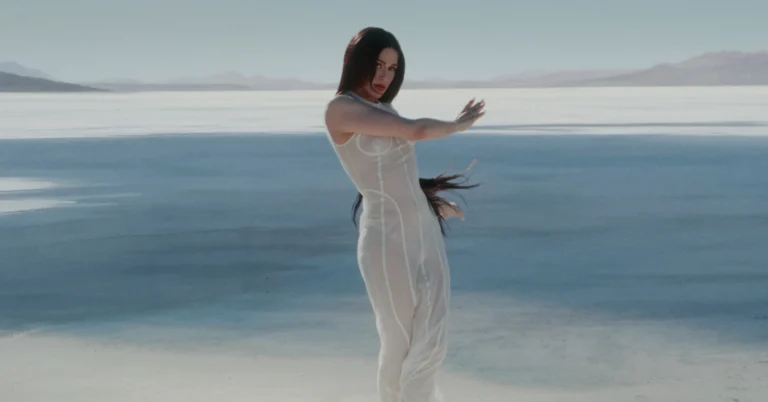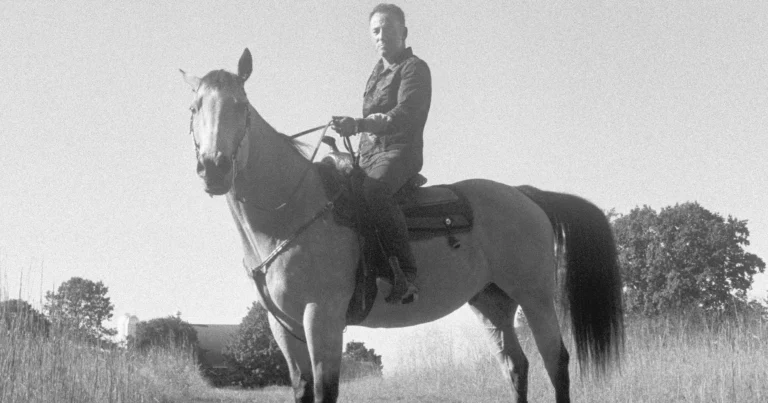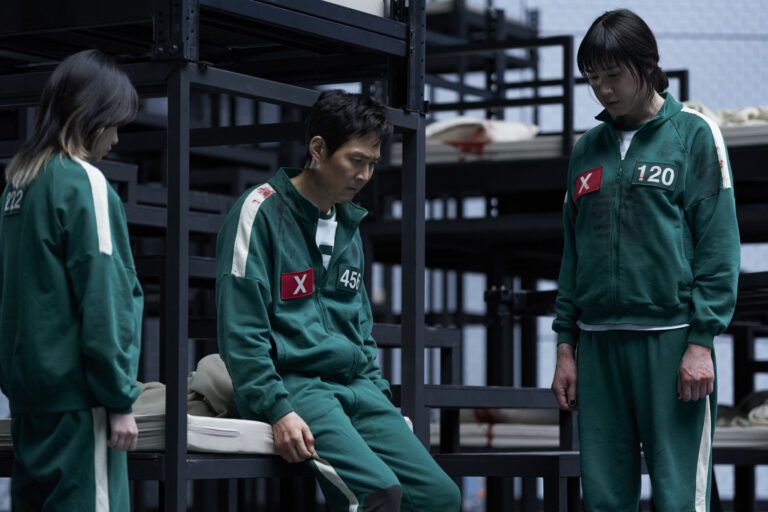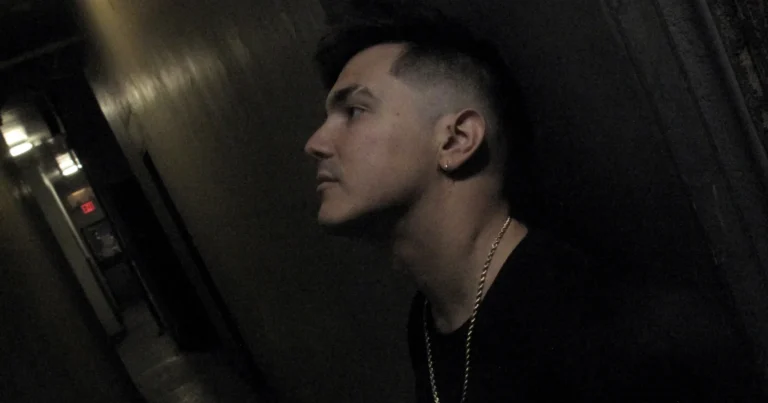p>May is National Bike Month, a time to celebrate cycling’s many benefits. Many people in Pasadena, Texas are already familiar with the physical perks of hopping on a bike—improved cardiovascular health, stronger muscles, and better stamina. But fewer realize that riding a bike is an effective tool for supporting mental health as well.
As rates of stress, anxiety, and depression continue to affect millions in the United States, finding ways to boost mental well-being has become increasingly important. Cycling offers a simple and accessible method to improve mood, fight stress, and develop a healthier mindset. This article explores the connection between cycling and mental health, along with practical tips for making your ride enjoyable and safe.
How Cycling Supports Mental Health
Cycling is much more than a workout for your legs. The act of riding a bike supports your mind and emotions in key ways. Research continues to uncover links between regular physical activity and better mental health outcomes, and cycling sits near the top for its positive effects.
Reduces Stress and Anxiety
Pedaling through your neighborhood or a local park isn’t just fun—it’s a natural way to lower stress. Cycling triggers the release of endorphins, often called the body’s “feel good” chemicals. Endorphins help reduce tension, calm the nervous system, and bring about a sense of well-being. Additionally, rhythmic movement and focused breathing act as gentle meditation, helping reduce anxiety.
Boosts Mood and Fights Depression
Frequent cycling can help combat depression. Studies show that people who exercise regularly experience fewer days of poor mental health. Physical movement encourages the brain to release serotonin and dopamine, neurotransmitters that play a direct role in happiness and motivation. Even short daily rides have shown to lead to major improvements in overall mood.
Improves Sleep Quality
Many who struggle with mental health report problems with sleep. Cycling helps regulate the body’s internal clock and burns energy that aids in falling asleep at night. Better sleep leads to clearer thinking, a brighter outlook, and more emotional stability during the day.
Increases Confidence and Focus
Exploring new routes, meeting cycling goals, or even tackling a hill boosts self-esteem. Each ride is an achievement, no matter how small. Concentrating on the road, surroundings, and the act of cycling can also sharpen focus, promote mindfulness, and reduce negative thought patterns.
Practical Tips for a Positive Cycling Experience
If you want to embrace the mental health benefits of cycling, it’s important to keep your rides safe, enjoyable, and stress-free. Here are ways to get the most out of every cycling session:
Start with Realistic Goals
- If you’re new to cycling or returning after time off, start with short rides and increase distance as your confidence grows.
- Set simple aims, such as riding three times a week or enjoying a weekend ride in Pasadena’s local parks.
Choose Routes That Inspire
- Find bike paths, greenways, or quiet neighborhoods that offer a pleasant view and less traffic.
- Vary your routes to stay engaged and experience new sights.
Ride with Friends or Groups
- Cycling with friends, family, or a local group can provide social support and boost motivation.
- Group rides often help reduce feelings of loneliness and isolation.
Use Mindfulness Techniques
- Focus on your surroundings—the sound of birds, the feel of the breeze, the rhythm of your pedaling.
- Deep, steady breaths can help anchor your mind during the ride, easing anxiety and promoting relaxation.
Protect Yourself
- Always wear a helmet and follow local traffic laws.
- Use lights and reflective gear if riding near traffic, especially in early morning or evening hours.
Listen to Your Body
- If a ride becomes stressful, cut it short or slow down.
- Take breaks as needed, especially during hot Texas summers.
Safety and Mental Well-being
A safe ride is a happy ride. Stress or worry over traffic accidents can negate many of cycling’s mental health benefits. In areas like Pasadena, Texas, riders must stay alert on the road, especially because the Houston area has seen a rise in cyclist crashes in recent years.
Consider the following to protect your mental and physical health while cycling:
- Plan your route during daylight and on paths separated from busy roads when possible.
- Carry a phone and share your route with a friend or family member.
- Learn basic bike maintenance to avoid surprises mid-ride.
Unfortunately, accidents still happen. If you or someone you know has been involved in a cycling accident and needs legal guidance, a local Pasadena bicycle accident lawyer can help protect your rights and peace of mind.
Community Support: Building Health Together
The positive effects of cycling aren’t just personal. When more people ride bikes, cities reap benefits—less noise, cleaner air, and safer streets. Community rides, cycling clubs, and “bike-to-work” events invite people to connect with others, lowering levels of social isolation, which is a risk factor for poor mental health.
Advocating for better bike infrastructure in your local area can help everyone enjoy safer, less stressful rides. Pasadena and other Texas communities have seen increased efforts to create trails, bike lanes, and safe crossings to encourage more residents to take part in cycling.
Conclusion
During National Bike Month, it’s the perfect time to focus on how cycling supports mental health. Riding a bike can ease stress, fight depression, and improve your mood—whether you’re commuting across Pasadena, Texas, or enjoying a quiet weekend ride. Remember, the best cycling experience is a safe one, so combine these mental health tips with smart riding practices for the most rewarding journey.
Grab your helmet, hop on your bike, and celebrate both your body and your mind.


